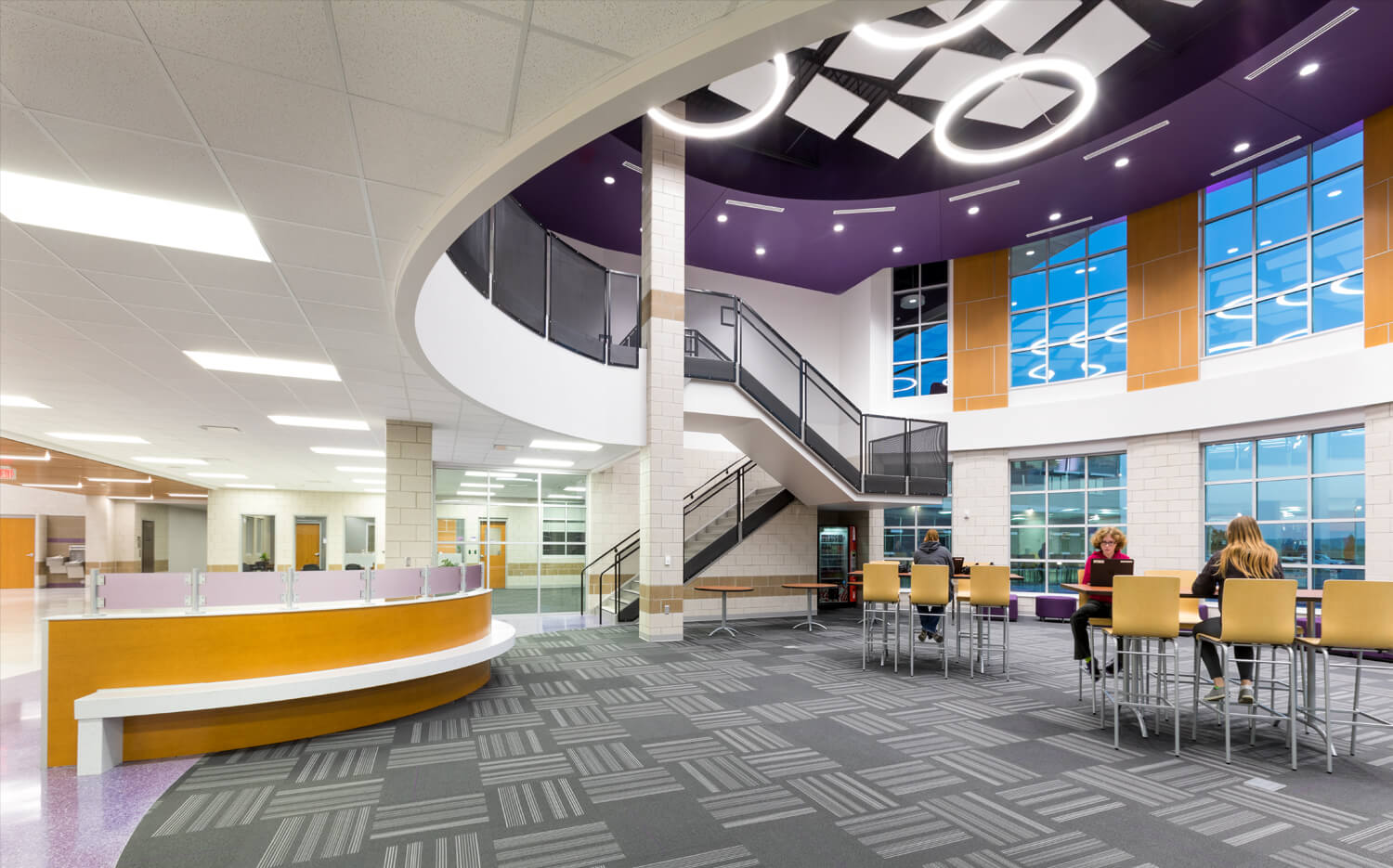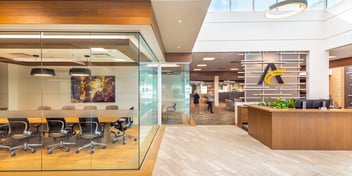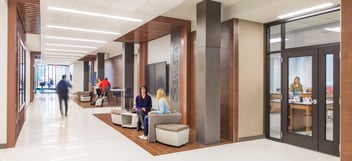
 So much has been written about Millennials, but as they begin to age out of their “educational” years, the focus is quickly turning to Generation Z (defined as those born after 1996, currently considered ages 3 – 23).
So much has been written about Millennials, but as they begin to age out of their “educational” years, the focus is quickly turning to Generation Z (defined as those born after 1996, currently considered ages 3 – 23).
The Size Of Generation Z
The youngest members of Gen Z aren’t quite entering elementary school yet, while the oldest are graduating and heading off to college. It’s important to remember that Generation Z actually outnumbers Millennials by over 1 million—and the larger population of the demographic is on the younger end of the scale!Rethinking Space For Generation Z
For the longest time, schools have been built with specific spaces in mind for specific functions. You eat in the dining hall. You sing in a music room. You exercise in the gymnasium. You learn in a classroom. And this has worked for past generations—but trends are showing this needs to be rethought. Many of the K12 projects we’ve worked on recently have been focused on the need to blur the boundaries of specific spaces. Gen Z has grown up collaborating in converged spaces. They eat in front of the TV versus at a dinner table. They study in a park or coffee house. They occupy spaces where others like them hang out, and collaborate and socialize while working, studying or eating. This can significantly challenge a more traditionally designed school.Customization Vs. Connection
Millennials wanted the ability to customize their space. They were content with learning in a classroom, but wanted it to be configurable—providing a different arrangement for reading than for mathematics. Gen Z on the other hand is all about connection and fluidity when it comes to learning—or almost anything. They’re looking for spaces that can deliver curriculum “anytime and anywhere.” The lines between social life, work, eating, shopping, learning and discovering are blurry and extremely fluid. And those preferences impact how we rethink space for their generation.Etiquette Vs. Function
Because Gen Z is so fluid, spaces need to align more to their mindset—and behavior of those in the space—than a specific purpose. They don’t need to be doing the same things as others in the space, but if it’s a quiet space, they expect others to be quiet—whether eating, studying, working or socializing. And vice versa for loud spaces. Developing those spaces designated for loud discovery and fun, as well as those for quiet, private introspection is a more appropriate approach for them. By the same token, spaces that are designed to be collaborative also need to have areas for working individually or in smaller groups to move ideas forward.


